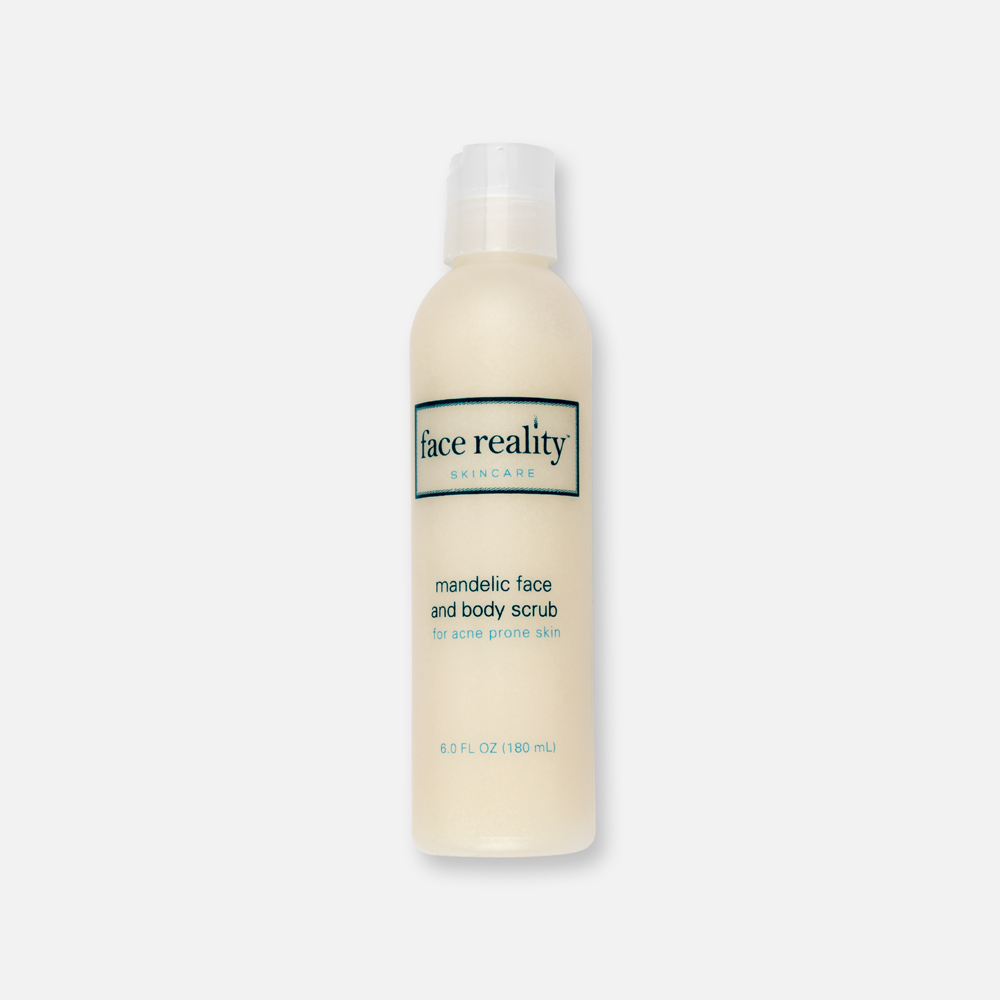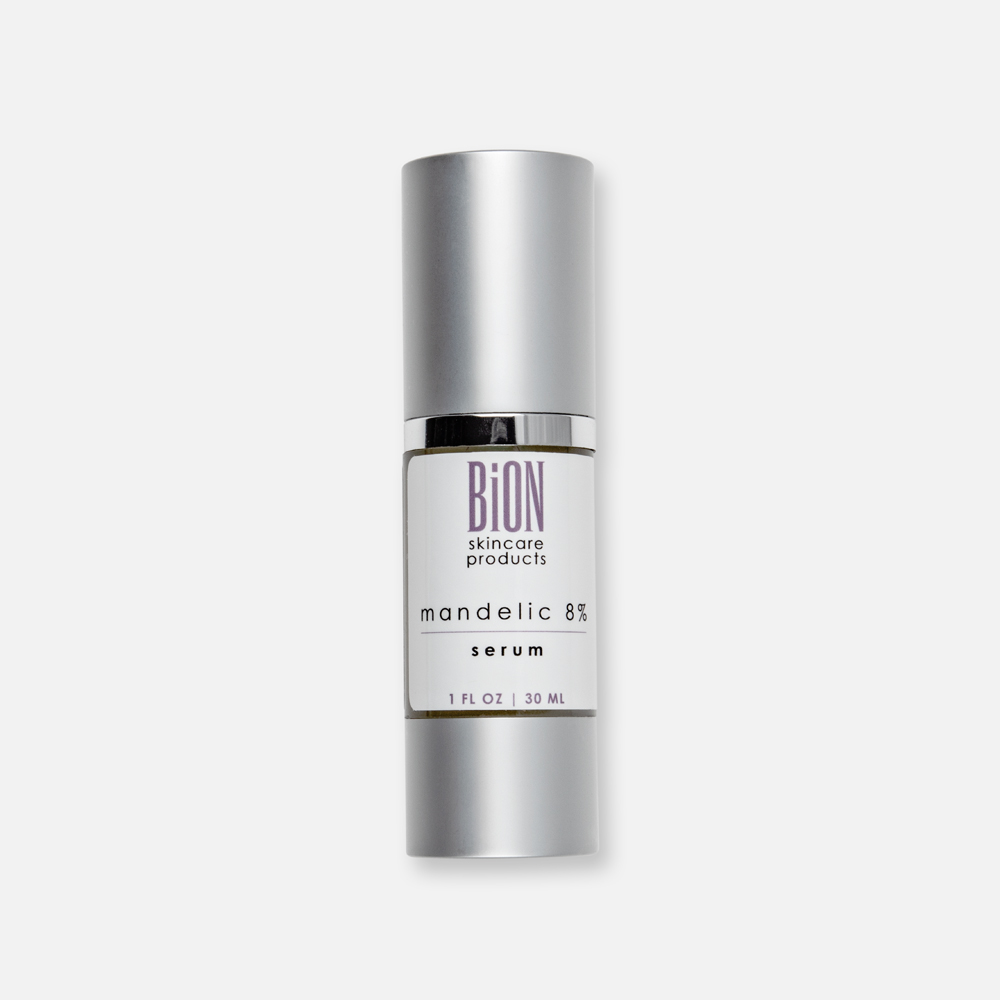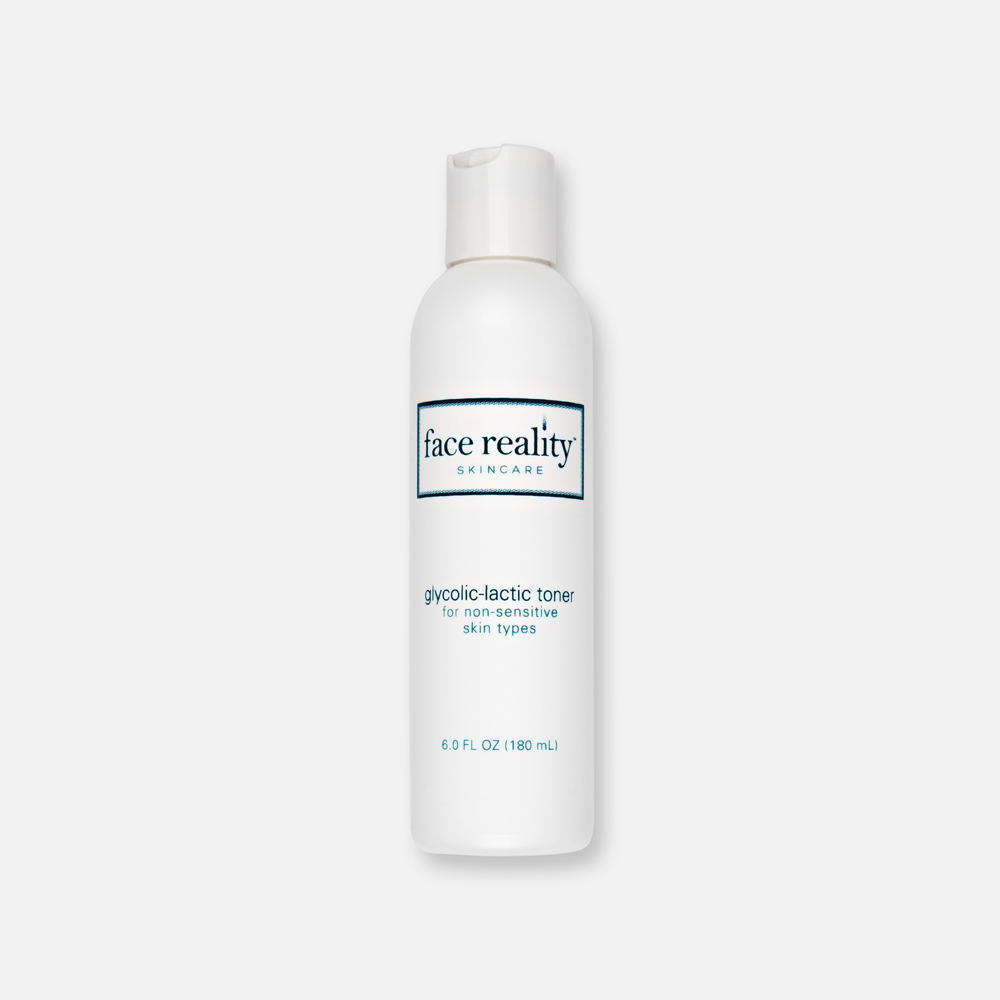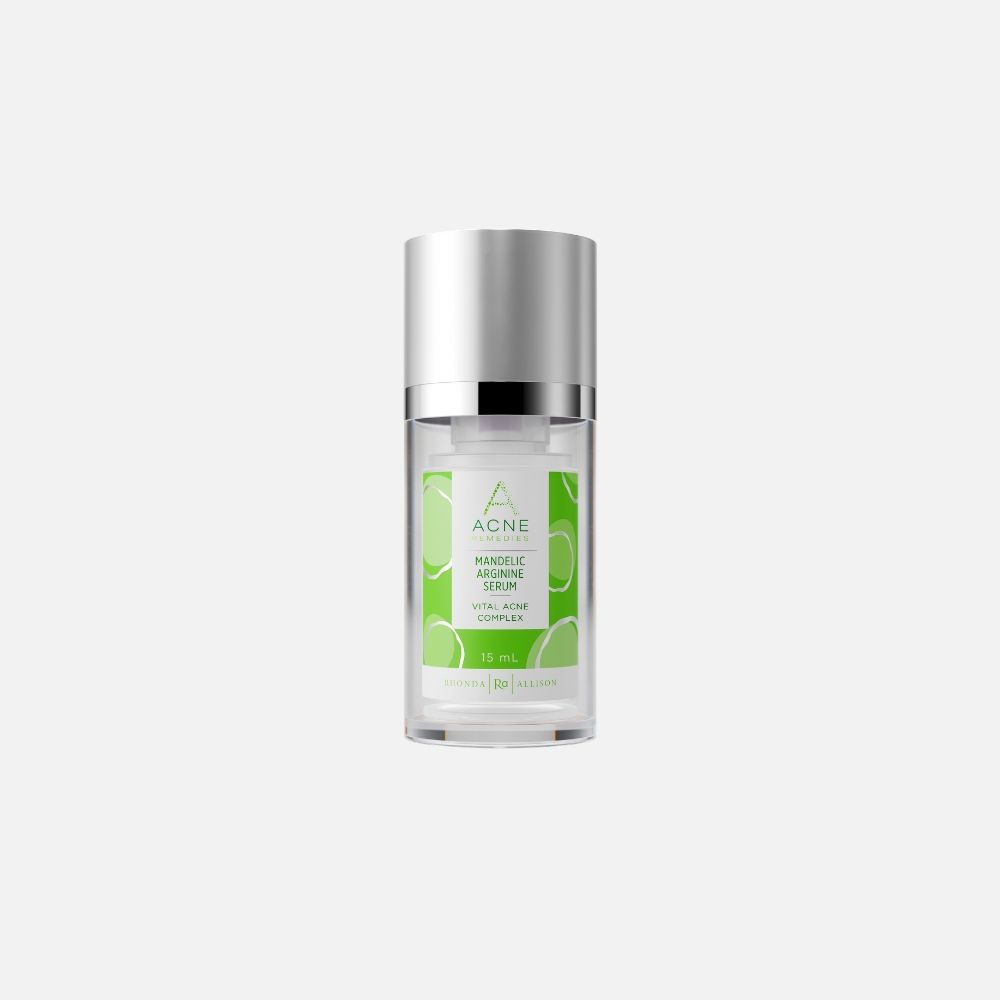
Skincare and science go together. Yet, for some reason, people don’t talk about their connection as much as they should. Perhaps it’s to avoid scaring people away with a complex topic? After all, chemistry and biology can be hard to understand if you don’t have experience with them. Today I would like to answer a question that more people should ask: what is chirality and how does it affect skincare products? This trait affects your body and many skincare products, so I think my readers should know about it. My goal is to explain the topic simply enough that anyone can understand the basic idea of chirality. Well, what are we waiting for? Let’s dive into some organic chemistry!
What Is Chirality?
Let’s start with a simple, practical example. Look at this illustration of two hands facing palms up.

They look the same but flipped around. In fact, if you placed both palms together they would overlap exactly. However, if both palms remain facing up, they will not line up. This quality is what chirality is on a basic level. Two objects that mirror each other, but are asymmetric. In fact, our hands are where the term came from in the Greek language!
When something is chiral, we call it an enantiomorph. When a molecule is chiral, we call it an enantiomer. If something is achiral, that means it is truly symmetrical. If these terms are hard to remember, don’t worry about it. I’m won’t use them much, but I wanted to make sure you know them.
- Chirality – When two things are mirror images, but not the same.
- Enantiomorph – One of the chiral objects. From the Greek “Opposite Form”.
- Enantiomer – A chiral molecule. From the Greek “Opposite Part”. Also known as Stereoisomers.
- Stereochemistry – The study of enantiomeric chemistry and related molecules.
- Racemate or Racemic Mixture – Equal parts of two matching enantiomers.
This matters because a molecule can have the same physical properties, but their layout makes them behave differently. Most molecules interact with our bodies by inserting themselves into receptors. Chirality means that each version of a molecule could fit differently or not fit at all. Once again, there’s more to it, but that’s the big picture. We’ll return to this later to highlight just how wild these changes from asymmetry can be!
Which One Is Which?
So chirality refers to things that are different, but otherwise, match when mirrored. They’re both the same and different. Okay, but how do you tell them apart? Well, we’re looking to hands once again! There are left hands and right hands. With molecules, there are often left-handed and right-handed versions too! Unfortunately, their names can be a little confusing since they have a scientific naming system.
There are several ways of describing chirality, but here’s the most basic one. First, determine the carbon atoms’ chiral centers. Next, align them side by side as if mirrored. Finally, based on where the differences point toward, it will be either left or right.
- D- means the molecule is the right-side version of a molecule. This stands for “dexter” which means right in Latin.
- L- means the molecule is the left-side version of a molecule This stands for “laevus” which means left in Latin.
There are more details to naming them, but they are a little too complex to go into here. They involve the optical activity and rotation of the molecules, which would take far longer to explain.
Famous Chiral Molecules You May Know
What’s really cool is that examples of chirality are all around us every day! Here are a few that you’re probably very familiar with:
- Aspartame – This one highlights how different two enantiomers can be! The right-hand form has the intensely sweet flavor you’re familiar with. The left-hand version? It’s totally flavorless.
- Carvone – Okay, so maybe you haven’t heard of this one, but you’ve smelled it before! The chirality of carvone makes it have different scents. The right-handed one is in spearmint and the aroma is sweet and minty. Meanwhile, the left-handed version is pungent and savory. This one occurs naturally in caraway, dill, and cumin.
Chirality In Skincare
Chiral compounds are everywhere, but what about skincare products? Chirality matters so much to skincare because certain versions of molecules, particularly acids, are more effective.
Mandelic Acid
If you know a thing or two about skincare, you’re likely familiar with this acid. An almond by-product, mandelic acid helps fight fungal folliculitis, exfoliates dead skin cells, and evens out skin tone. It’s a great ingredient, no doubt about it! However, not all mandelic acids are the same! When scientists produce mandelic acid, it creates both left and right versions together as a mixture. This solution will work fine and there’s nothing “wrong” with it. That being said, it just doesn’t work quite as well.
But this is where it gets interesting! There are two types of mandelic acid: D-Mandelic, which doesn’t help skin, and L-Mandelic, which causes all of the wonderful effects mentioned earlier. Although it is more work, scientists can separate the two versions out in a lab after synthesis and isolate them. With that, it’s possible to create skincare products that only have the effective L-Mandelic and ditch its twin. Sorry D-Mandelic, but L-Mandelic is the molecule we need.
Face Reality formulates all of its products with only L-Mandelic Acid and it shows. Without a doubt, Face Reality mandelic products are the best of their kind. To be honest, they are the reason I wrote this post. I want to educate people about why this small aspect of chemistry is so crucial for your skin!
Lactic Acid
You might be familiar with this acid as well! While our bodies naturally produce lactic acid internally, scientists discovered this one through spoiled milk. You’ve probably had plenty of food, like yogurt, with lactic acid in it. Don’t worry though, there are vegan sources of this acid as well!
Dermatologists and estheticians love lactic acid for its ability to gently even out skin tone and minimize fine lines. It’s way less intense than other comparable acids like glycolic acid. However, just like mandelic acid, lactic acid needs to be the left-side version to work. That’s the version that our bodies produce the most on their own by default.
Amino Acids
If you’ve read my previous post on the topic, you know about these peptide and enzyme building blocks. Just like any other organic molecules, their left or right-handedness matters.
Amino acids end up in skincare products in many forms. Whether added by themselves, as peptides, or as enzymes, they’re all very common ingredients.
Chirality & Skincare Wrap-Up
The truth is there is so much more to chirality than I can write in a simple blog post. That being said, knowing the basics of the topic can help you make better skincare choices!
When buying your skincare products, keep an eye out for acids labeled with an L. When you see an “L” prefix before an acid, you’re probably looking at a potent formula. However, even without the labels, many skincare products will contain the chirally correct version of a molecule. To me, this is unfortunate. After all, it could be a selling point for the product! I am sure some marketing teams avoid talking about these kinds of chemistry to avoid scaring customers. I know it can be difficult to explain a more complex subject like chirality, but it’s worth it. We shouldn’t be afraid of science, especially when it affects our bodies.
Well, I hope you learned something today! If you have any questions or if anything wasn’t clear, let me know in the comments section down below. Here’s to achieving glowing and healthy skin with science!




Comments (1)
i understand Chiral i use to order my skin care products from a lab that formulated chiral products.